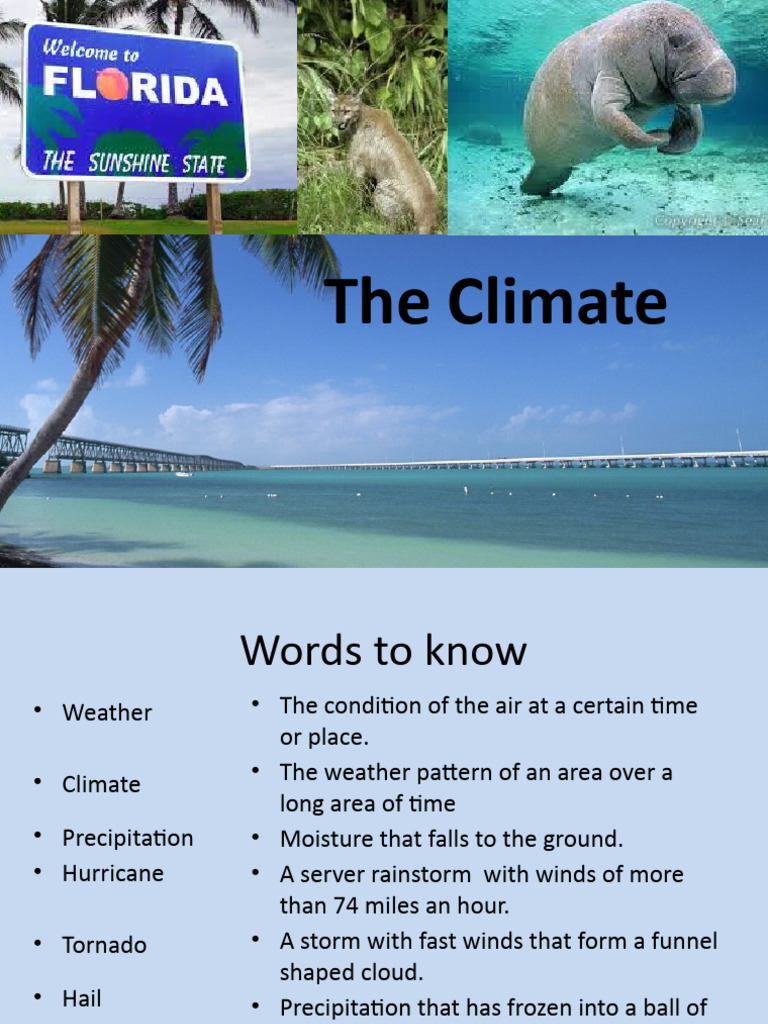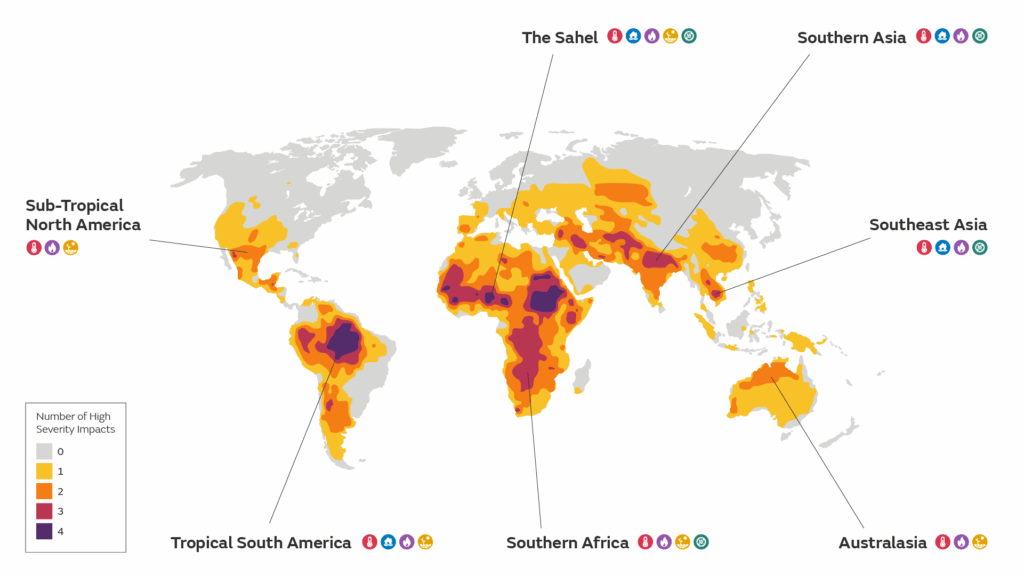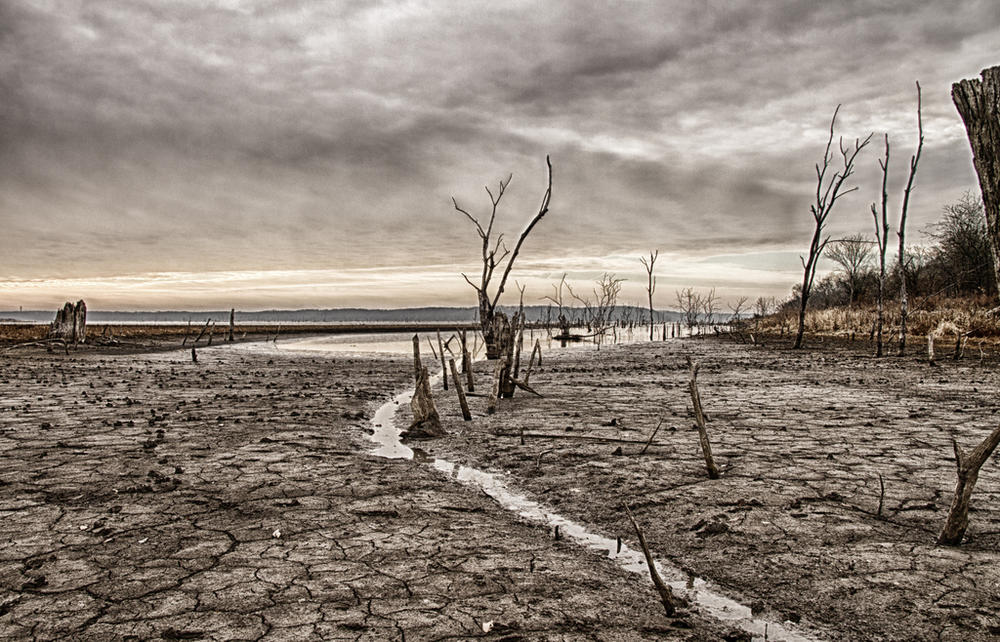Metropolitan Areas in Florida and Climate Adaptation: A Comprehensive Overview
The impact of climate change is palpable across the globe, with coastal regions facing the brunt of its effects. Florida, with its extensive coastline and vibrant urban centers, is particularly vulnerable. As sea levels rise and weather patterns become increasingly erratic, metropolitan areas must establish effective climate adaptation plans. This article delves into the status of these plans, examining whether Florida’s urban centers are adequately prepared to tackle the looming climate crisis.
Understanding Climate Adaptation Plans
At its core, a climate adaptation plan outlines strategies and measures designed to reduce vulnerability to the adverse effects of climate change. These plans are crucial for urban areas, as they address potential flooding, heatwaves, and other climate-induced challenges. Metropolitan areas in Florida often grapple with unique geographical and demographic complexities that make effective planning paramount.
The essential elements of a climate adaptation plan typically include assessments of current vulnerabilities, stakeholder engagement, and strategies that encompass infrastructure improvement, ecosystem management, and community resilience. It is vital that these plans are comprehensive, actionable, and aligned with the broader goals of sustainability and equity for all residents.
Current State of Climate Adaptation Plans in Florida
Across various metropolitan areas in Florida, the status of climate adaptation initiatives is diverse, ranging from proactive to minimal efforts. Cities like Miami, Tampa, and Jacksonville have begun to make strides; however, the level of commitment and implementation varies widely.
Miami-Dade County has emerged as a frontrunner in developing climate action strategies. The county enacted the “Miami-Dade County Climate Action Strategy,” which applies scientific data to forecast climate vulnerabilities while prioritizing community engagement. Their focus on elevating vulnerable infrastructure, improving drainage systems, and enhancing green spaces illustrates a robust commitment to climate resilience.
In contrast, other metropolitan areas such as Orlando and Tallahassee have demonstrated slower progress. While conceptual plans exist, assessments reveal inadequate funding and political support. For these cities, the challenge lies not only in drafting a plan but also in mobilizing resources and governing structures to translate plans into specific projects.
The Importance of Stakeholder Engagement
Effective climate adaptation requires the participation of multiple stakeholders—including municipal governments, local businesses, community organizations, and residents. Transparency and inclusivity in the planning process foster a sense of shared responsibility and urgency. When people understand the risks and the proposed actions, they are more likely to participate actively in creating sustainable solutions.
Innovative community initiatives can bridge the gap between formal planning and on-the-ground action. For example, neighborhood workshops can be employed to discuss local climate vulnerabilities, while citizen advisory boards can provide continuous feedback to decision-makers. This multidimensional engagement ensures that adaptation plans reflect the diverse needs and priorities of Florida’s multifaceted population.
Integrating Nature-Based Solutions
Another crucial aspect of effective climate adaptation is the integration of nature-based solutions (NbS). These strategies leverage natural systems to address climate challenges, using ecosystems to protect against flooding, heat, and erosion while promoting biodiversity. For instance, urban green spaces, wetlands restoration, and coastal mangrove conservation serve as natural buffers against storm surges and flooding.
Instances of cities introducing green infrastructure are becoming increasingly prevalent. Tampa has made significant investments in restoring its wetlands and habitat areas, leading to improved water quality and resilience against extreme weather events. Similarly, Miami has made strides in green roof initiatives, which help mitigate the urban heat island effect while providing ecological benefits.
Measuring Success and Facing Challenges
While the formulation of climate adaptation plans is a step in the right direction, measurement and evaluation of their success present ongoing challenges. Tools to assess the effectiveness of these initiatives must be implemented regularly to ensure adaptation measures are producing tangible results. Metrics should encompass a wide range of factors, including infrastructure performance, community engagement levels, and environmental health indicators.
Moreover, the threat of climate adaptation plans becoming stagnant looms large. Without ongoing political support and funding, plans may remain ineffectual and fail to adapt to evolving climate realities. Policymakers must prioritize consistent evaluation and adaptation of strategies to align with emerging scientific data and technological advancements.
Conclusion: The Path Forward for Florida’s Metropolitan Areas
The journey towards sustainable climate adaptation in Florida’s metropolitan areas is fraught with both challenges and opportunities. Commitment to comprehensive plans, robust stakeholder engagement, and innovative nature-based solutions are essential tenets for fostering resilience against climate change. While cities like Miami exhibit commendable leadership, the need for broader implementation across the state remains imperative.
As Floridians confront the effects of climate change, the urgency for action cannot be overstated. Each metropolitan area must not only draft plans but actively engage in their execution and evolution. Only through a concerted, collaborative effort will Florida’s urban centers reduce vulnerability and enhance community resilience in the face of an ever-changing climate landscape.



